Comparative Negligence (cont’d.)

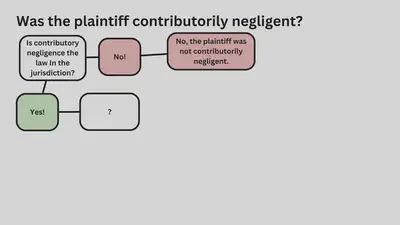
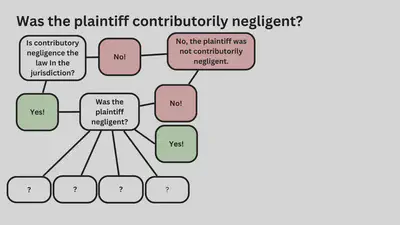
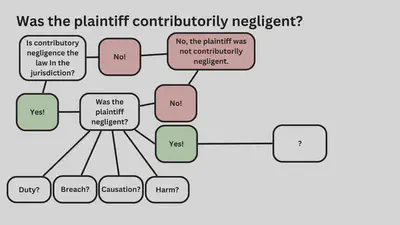
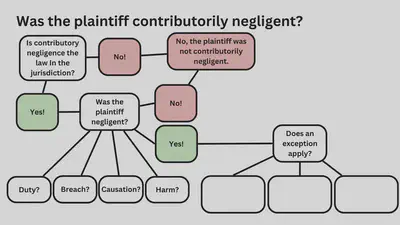

Can the negligent plaintiff recover damages?
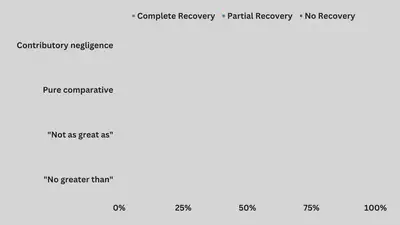
Can the negligent plaintiff recover damages?

That’s not a flowchart!
It’s cool
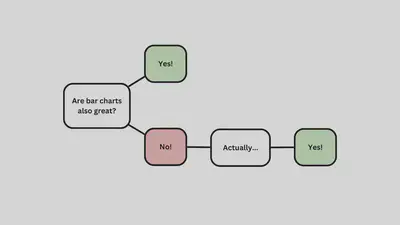
Can the negligent plaintiff recover damages?

Can the negligent plaintiff recover damages?

Can the negligent plaintiff recover damages?
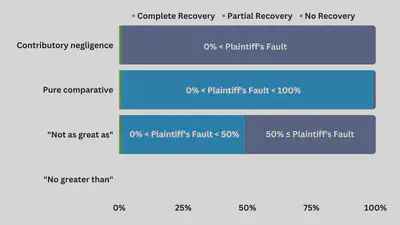
Can the negligent plaintiff recover damages?
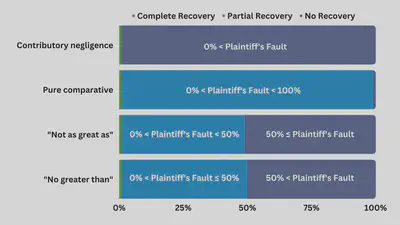
If multiple defendants are liable, how much are they each paying?
Doctrine of Contribution
Traditional Common Law Approach
Two versions:
- Joint and several liability
- Several liability
Doctrine of Contribution
Traditional Common Law Approach
Example: Four defendants (A, B, C, and D) with $100k damages.
Joint and several liability jurisdiction A, B, C, and D have plenty of money
Who pays what?
Doctrine of Contribution
Traditional Common Law Approach
Example: Four defendants (A, B, C, and D) with $100k damages.
Several liability jurisdiction A, B, C, and D have plenty of money
Who pays what?
Doctrine of Contribution
Traditional Common Law Approach
Example: Four defendants (A, B, C, and D) with $100k damages.
Joint and several liability jurisdiction A and B have plenty of money C and D have no money
Who pays what?
Doctrine of Contribution
Traditional Common Law Approach
Example: Four defendants (A, B, C, and D) with $100k damages.
Several liability jurisdiction A and B have plenty of money C and D have no money
Who pays what?
Doctrine of Contribution
Modern Approach
Apportionment based on comparative fault.
Example: Four defendants (A, B, C, and D) with $100k damages. A is 40% at fault. B is 10% at fault. C is 20% at fault. D is 30% at fault.
Doctrine of Contribution
Modern Approach
Apportionment based on comparative fault.
Example: Four defendants (A, B, C, and D) with $100k damages. A is 40% at fault. So A owes $40k. B is 10% at fault. So B owes $10k. C is 20% at fault. So C owes $20k. D is 30% at fault. So D owes $30k.
Apportionment based on factual cause
Don’t
forget about
factual cause!
Don’t forget about factual cause!
Tortfeasors are only liable for the injuries they caused.
Order of operations with multiple injuries and multiple defendants
First step: Separate injuries based on factual cause.
Second step: For injuries that multiple defendants caused, sort out liability based on the contribution rule in the jurisdiction.